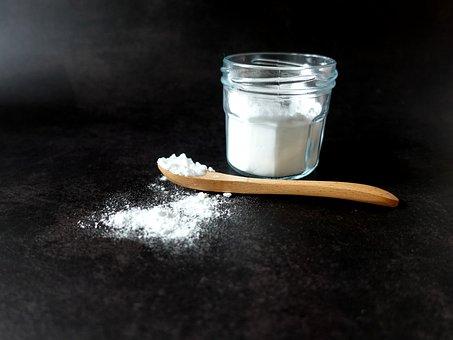Periodontitis is an inflammation of the periodontium, the tissues that support the teeth:
- gingivitis,
- cementum,
- the alveolar-dental ligament,
- and alveolar bone.
This inflammation is due to an imbalance in the oral bacterial flora, which benefits a pathogenic bacterium. Find out more about natural support treatments to overcome this infection.
What are the symptoms of periodontitis?
Periodontitis is generally accompanied by the following symptoms:
Gingivitis inflammation of the gums, very often associated with bleeding when brushing or spontaneously.
Tooth loosening, i.e. the bone supporting the tooth loses height and the tooth appears longer. This should be a warning sign to consult a dentist.
Abnormal tooth movement is often the most worrying sign.
Gaps appear between teeth, food gets stuck between teeth.
Sometimes dental hypersensitivity to tooth necks.
These symptoms should prompt you to consult your dentist as soon as possible to set up an appropriate treatment protocol.
Risk factors for periodontitis
Genetic factors (hereditary): fibroblast defects and epithelial and connective tissue abnormalities; alkaline phosphatase deficiency; polymorphonuclear functional defect; excess cytokine production;
Hormonal factors: over the course of a woman's life, the many hormonal variations associated with pregnancy can have repercussions on the oral cavity in general and the periodontium in particular.
tobacco: a major risk factor. Tobacco, by causing poor vascularization of the gums, has a major influence on the appearance of the first lesions, by lowering the immune system's defences. Tobacco consumption has an impact on the prevalence and severity of adult periodontitis, as well as on periodontitis and ulcero-necrotic gingivitis,
medication: some drugs have undesirable side effects, such as certain anxiolytics, which can cause dry mouth.
stress: since the 1950s, emotional factors and psychological stress arising from various difficult life situations have been identified as risk factors for periodontal disease. Stress has a direct influence on the quality of the immune system,
la malnutrition,
certain systemic diseases,
the presence of limescale.
The standard treatment protocol for periodontitis
After anamnesis, auscultation by the dentist, followed by X-rays, microbiological analysis and blood tests, treatment consists of antibiotics to eradicate the pathogenic bacteria, thorough brushing with a toothbrush and appropriate interdental brushes, antiseptic mouthwashes and an in-office pocket curettage.
How can I naturally accompany treatment for periodontitis?
Clove and tea tree essential oils are real allies against the bacteria responsible for the infection. They reinforce the action of antibiotics and prevent the development of pathogenic germs.
In sesame vegetable oil, add 1/3 Clove EO, 1/3 Tea tree EO et 1/3 Peppermint EO. Apply this mixture to the gums and teeth, massaging for at least 1 minute.
The same mixture can also be used as a mouthwash on an empty stomach, as suggested by the practice of oil pulling. This technique involves a mouthwash with sesame oil to purify the oral cavity.
For 10 minutes, the aim is to circulate the oil between the teeth, before spitting it out. This cleanses the mouth of the morning film that settles on the tongue, inner cheeks, palate and teeth.

A homemade toothpaste to stop bleeding and treat periodontitis
Here's the extra-simple recipe recommended by dentists to stop gum bleeding and disinfect the periodontium:
- A little hydrogen peroxide,
- and sodium bicarbornate.
And that's all there is to it!
The mixture will foam, and all that's left to do is apply it with an extra-soft toothbrush with curved bristles to get under the gums. Interdental brushes will add the finishing touch.
Why hydrogen peroxide?
Because pathogenic bacteria are anaerobic. This means that this type of bacteria evolves in an oxygen-deprived environment. Hydrogen peroxide provides oxygen, which disrupts the development of these bacteria.
Restore intestinal flora and reduce inflammation
A course of probiotics and prebiotics will help restore a healthy intestinal ecosystem. In addition, the diet should be rich in :
- omega 3 (fish, oilseeds, olive oil),
- fiber (fruit and vegetables, wholegrain or semi-complete cereals),
- in lean meat.
A long-term cure grapefruit seed extract can support liver drainage while also having significant antibiotic properties.
To conclude
Periodontitis is not to be taken lightly, as the outcome can be the loss of your teeth. Specialized dentists offer treatments that last at least 6 months, with at-home and in-office care. Natural remedies such as essential oils, probiotics and grapefruit seed extract provide considerable support and help to restore dental health.



